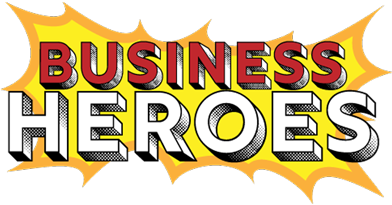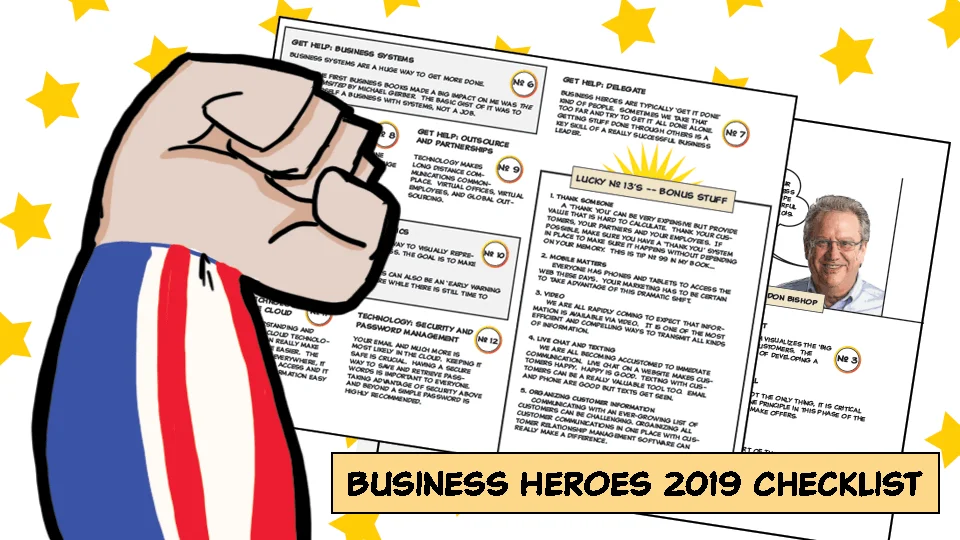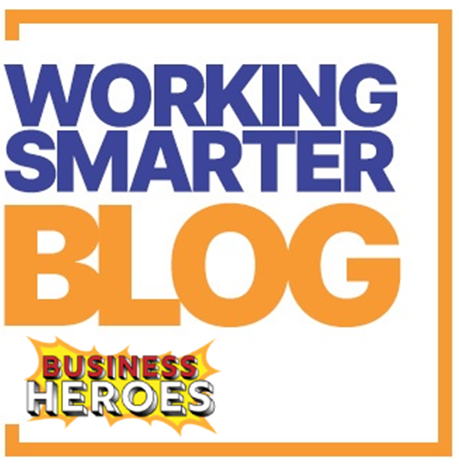I’ve been running Business Heroes for more than 18 months. To kick off 2019 I compiled a checklist of topics we discussed.
I hope this list will stimulate your consideration of strategies and tactics for 2019.

#1. Be a Person: How you communicate with all of your audiences matters
People do business with other people they Know, Like and Trust. Be a Person.
How you communication in your business matters. The words you use, the voice you take on and even the format of communications matter. Be real, be unique, be authentic and be yourself.
Communicating ‘Like a Person’ is especially important when you are creating messages for any kind of automated relationship building campaign. Automation can easily come of as fake and impersonal. It does not have to though.
Consciously working on your marketing voice is a worthwhile exercise.

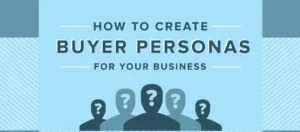
#2. Be a Person: Developing relationships
Developing relationships is a big part of your job.
Getting customers is about relationships.
Keeping customers is about relationships.
If you start to view customers as dollar signs, sales figures or accounts receivable, you are sunk. Relationships take time and effort. An example I find useful is a personal relationship such as dating. Most relationships that are going to last develop over time. It might start as a glance, a flirt, a touch. Then maybe a conversation that leads to a date. Then a date that leads too …..
If you are counting that is 5 different contacts before both parties actually agree to think about having a ‘relationship’.
In online sales, some people take a much more direct approach. They run an add or send a single email. That is immediately followed by a link to an order form to consummate the transaction. Taking the dating analogy a little farther; it is kind of like a couple meeting in a bar or at a party, chatting and then one or the other asks, ‘How many kids do you think we should have?’
In online sales, some people take a much more direct approach. They run an add or send a single email. That is immediately followed by a link to an order form to consummate the transaction. Taking the dating analogy a little farther; it is kind of like a couple meeting in a bar or at a party, chatting and then one or the other asks, ‘How many kids do you think we should have?’
What are 3 things that you think prospects need to know about you before you can do business? What do you think is the best way for them to discover what they need to know about. Telling people is usually not the best way to build a relationship. How do people discover what they need to know about you?
#3. Customer Lifecycle: Attract

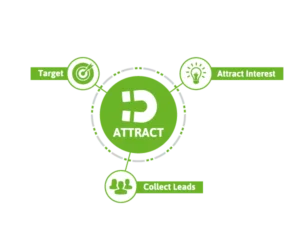
Advertising
- Retargeting ads
- Direct mail
- Trade shows
- Events
- Networking
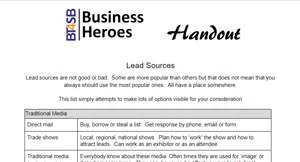

#4. Customer Lifecycle: Sell

#5. Customer Lifecycle – Wow
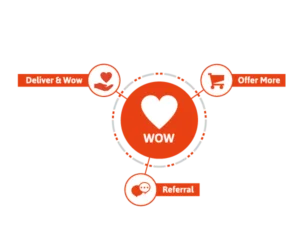
#6. Get Help: Business systems
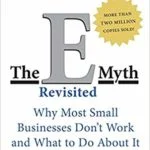
- Get the Checklist and all of the other free BT4SB training that is included. bt4sb.com/2019checklist
- Buy Gerber’s book. This is not a new book but the ideas remain extremely solid. If you do buy the book feel free to get in touch so we can discuss it. The E-Myth Revisited: Why Most Small Businesses Don’t Work and What to Do About It
- Schedule a time for us to talk one-on-one. You can access my calendar and schedule a call – either a quick 20 minute call or a more in-depth 45 minute call. bt4sb.com/talktodon
#7. Get Help: Delegate
Free DISC personality assessment: https://www.tonyrobbins.com/disc/
#8. Get Help: Automate
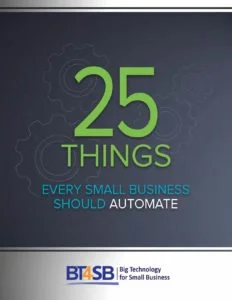
Get our ’25 Things Every Small Business Should Automate’ PDF:
#9. Get Help: Outsource and partnerships
- Graphic design
- Web Design
- Programming
- Book Layout
- Book Cover design
- Writing
- Interviews
- Bookkeeping
#10. Get Help: Visualize your Metrics
- Are profit margins where they need to be?
- How do sales look compared to the previous period?
- Are web traffic and conversion where they need to be?
- Is production keeping up?
#11. Technology : The cloud
- Anyone can access from anywhere
- You can control who has access to what
- Access with all kinds of devices – phone, tablet, desktop or things (The Internet of Things, IoT)
- The cloud stores data
- The cloud stores programs/apps
- G Suite – email, docs, sheets, slides and G Drive
- Xero – accounting
- Infusionsoft – Customer Relationship Management and Marketing Automation
- Trello – Project Management
- Slack – Team messaging
- Tawk.to – Live chat
- Ring Central – phone system
#12. Technology: Security and password management
2FA means that you need more than just a password to login. The second factor can be a code you receive by text, a code generated by an authentication code on your phone or a code generated by a physical device (YubiKey for example).
